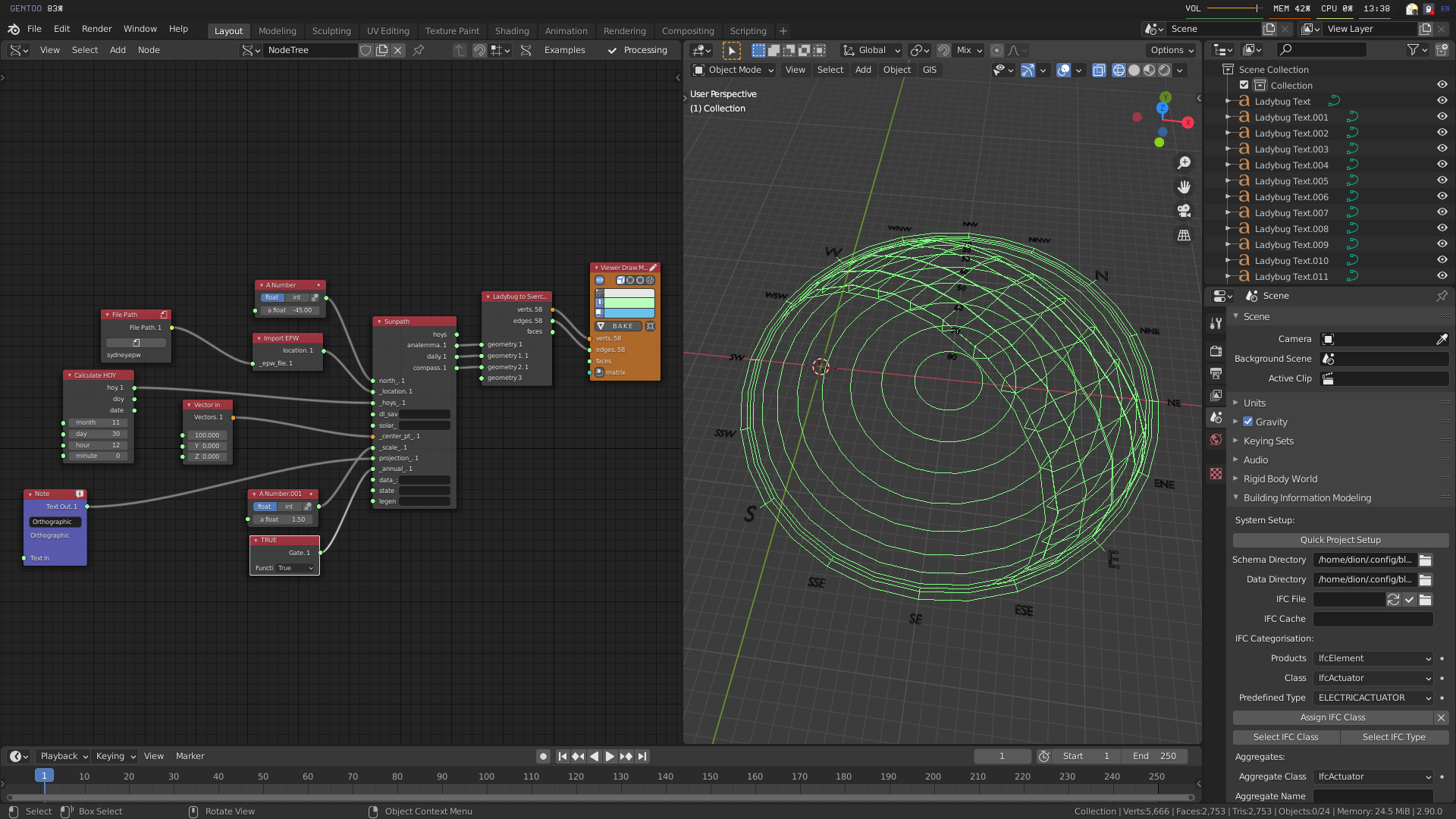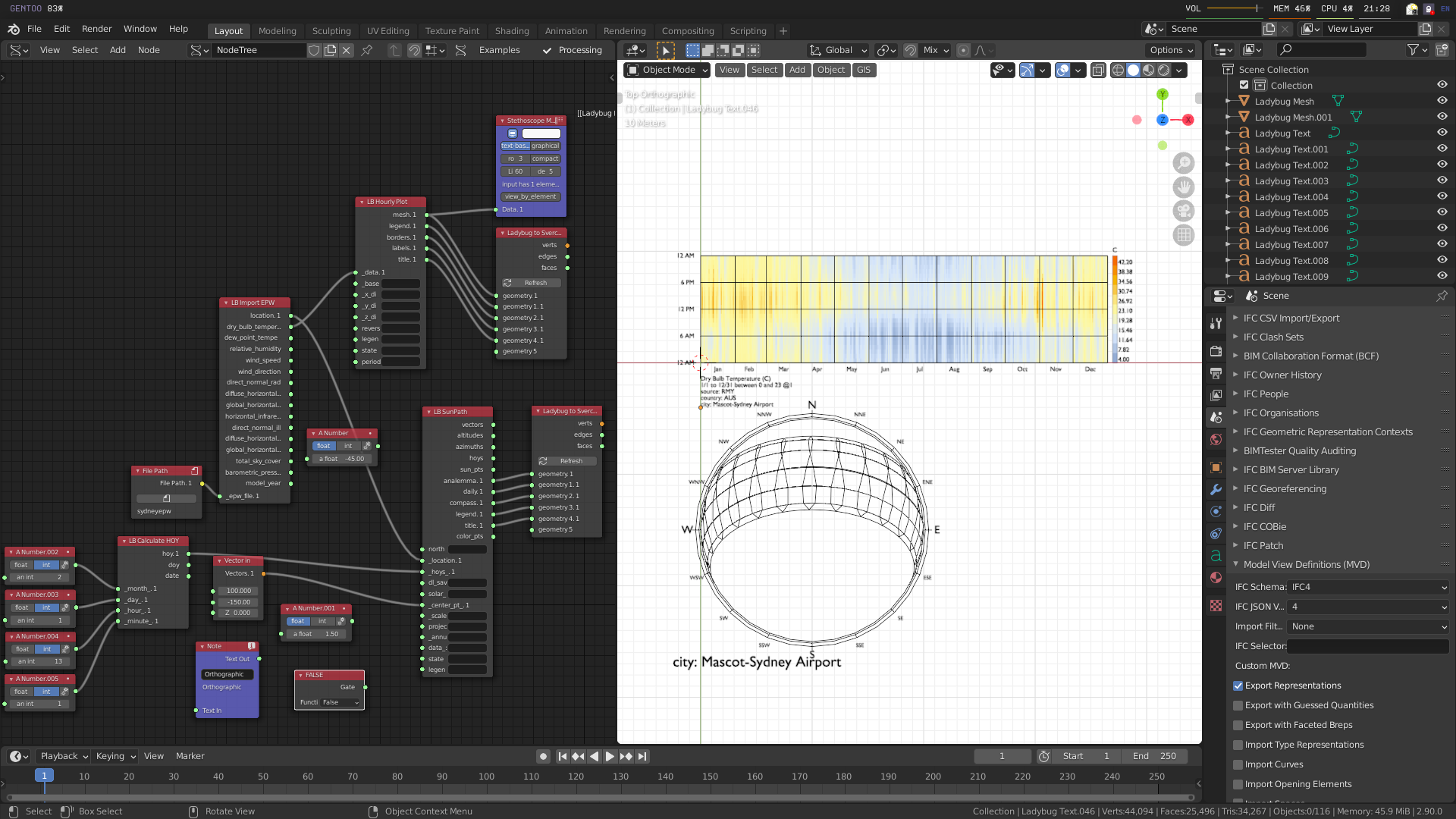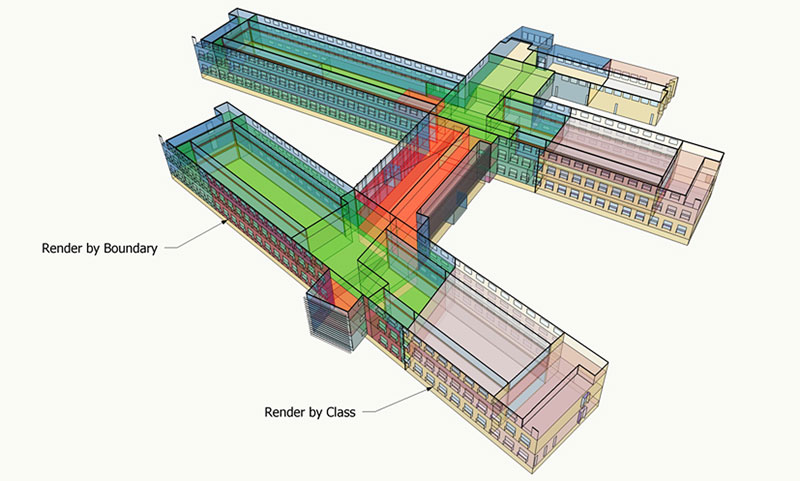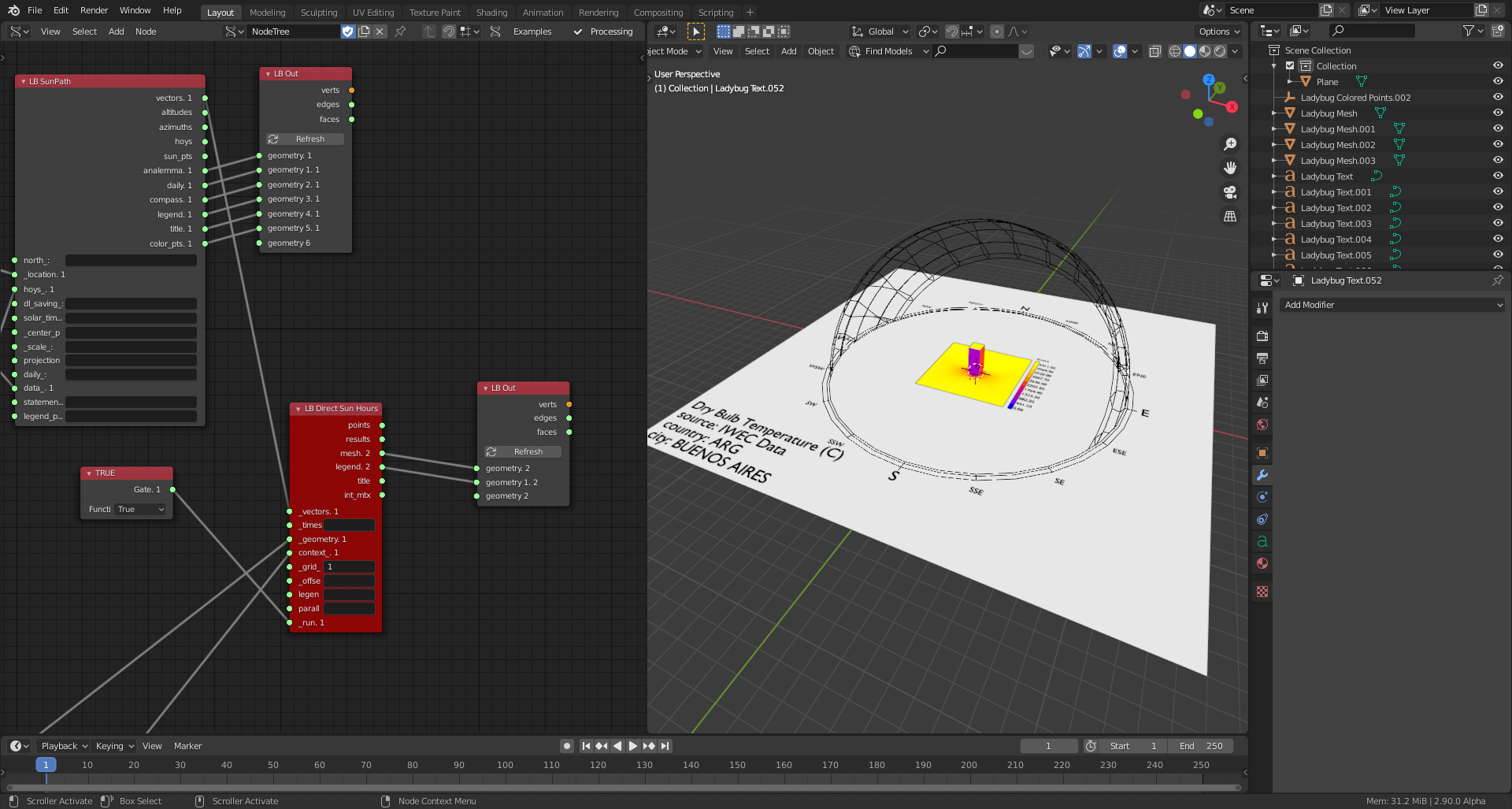For those unaware of Ladybug tools, Ladybug tools is a suite of visual programming nodes that allow users to easily use otherwise rather technical building physics software, and link them to parametric designs. There are four related categories of nodes. Ladybug allows like EPW weather analysis, shadow studies, solar, psychrometric charts, Honeybee does daylight analysis with Radiance, energy models with OpenStudio, and envelope heat flow with Therm. Butterfly hooks into OpenFOAM. Dragonfly models large-scale climate phenomena, such as urban heat island, climate change, and local climate factors such as topography. Together, they form Ladybug tools. I stole this intro from their website, which you should check out here: https://www.ladybug.tools/
The creator, @mostapha , has previously posted about the distinction between the pure FOSS Ladybug libraries, and the currently proprietary Ladybug visual programming interfaces - shipped as a set of nodes for Rhino + Grasshopper, and for Revit + Dynamo. The idea was floated around that it is possible to port it to Blender as most of the code is platform agnostic (which is the hardest part, so a huge thank you to @mostapha !). I'm excited to say that I can finally announce some progress on this.
For those who prefer the bugtracker, this is the Github issue to watch (and yes, contains links to repos with experimental code). In the meantime, here are some screenshots of the first prototype. After this prototype matures, it will be possible to generate nodes in bulk, so the entire node suite would be ported over in one go, and continue to reflect changes upstream. Many thanks to @nikitron - where this initiative would not be possible without the Sverchok add-on to Blender.
In short, watch this space! (Or, join in and code!) Also, when a bunch of nodes come available, especially for those already familiar with Ladybug, please test!







